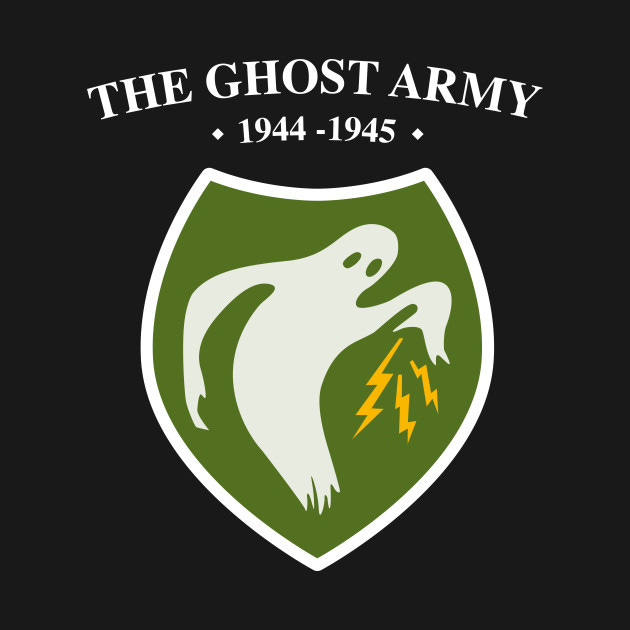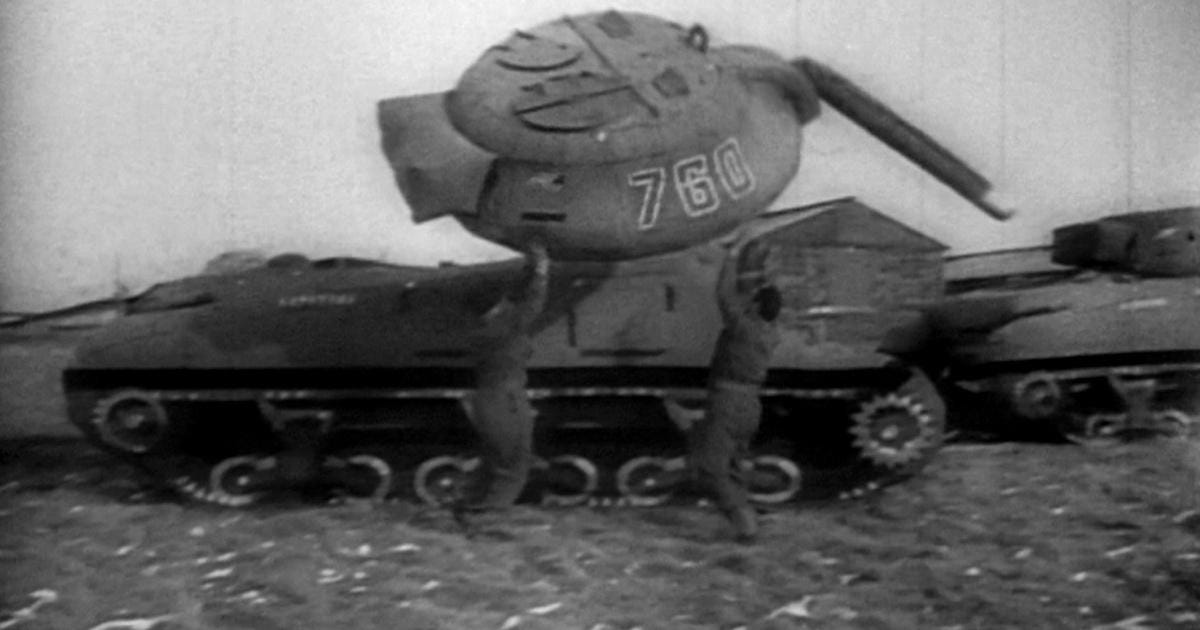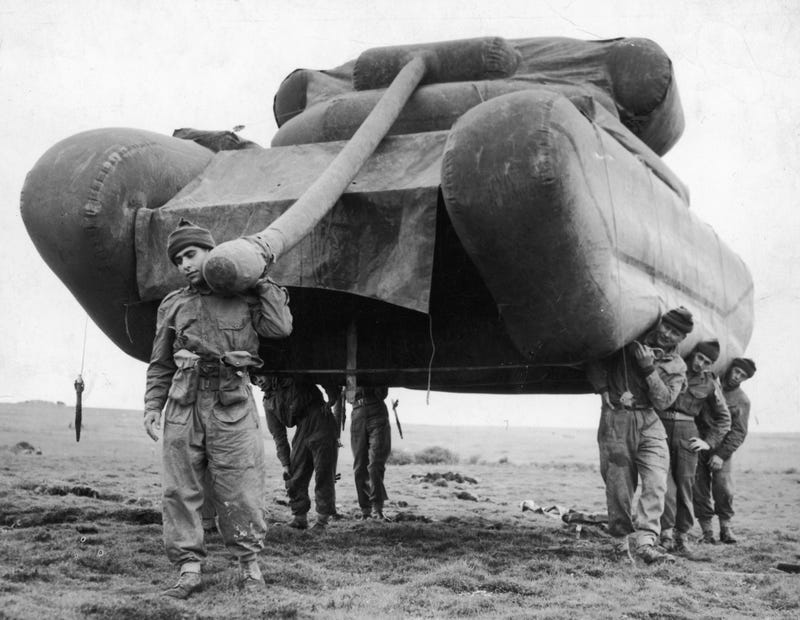On January 20, 1944, the U.S. Army activated the 23rd Headquarters Special Troops, known as the "Ghost Army," marking the beginning of one of the most innovative and unconventional military units in World War II.
This top-secret unit was the first mobile, multimedia, tactical deception unit in U.S. Army history, designed to fool German forces during the war's final year. The Ghost Army consisted of 82 officers and 1,023 men, carefully selected for their skills in art, engineering, and theater. Their mission was to use deception tactics to simulate the presence of two entire divisions—approximately 30,000 men—on the battlefield.
This innovative approach to warfare employed a combination of visual, sonic, and radio deception techniques. Key elements of the Ghost Army's strategy included:
Visual deception: Using inflatable tanks and vehicles to create the illusion of a larger force.
Sonic deception: Employing sound effects to mimic the noise of a much larger army.
Radio deception: Broadcasting fake radio traffic to mislead enemy intelligence.
Impersonation: Having "phony generals" appear in towns to reinforce the deception.
The unit participated in 22 large-scale deceptions across Europe, from Normandy to the Rhine River
Their unconventional tactics were designed to keep the enemy off balance, protect real Allied troops, and ultimately save thousands of lives. What made the Ghost Army particularly innovative was its use of creativity and illusion as weapons of war. The unit included talented individuals such as fashion designer Bill Blass, painter Ellsworth Kelly, and photographer Art Kane, who applied their artistic skills to military deception.
This blend of artistic talent and military strategy represented a unique approach to psychological warfare that had never been seen before on such a scale. While the full extent of the Ghost Army's impact remained classified for decades after the war, their innovative tactics demonstrated the potential of deception and misdirection in modern warfare, influencing future military strategies and operations.






